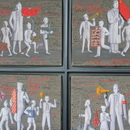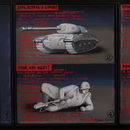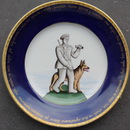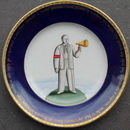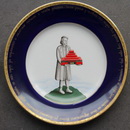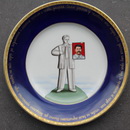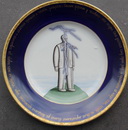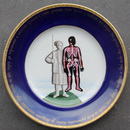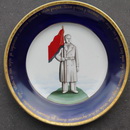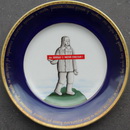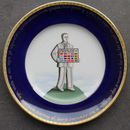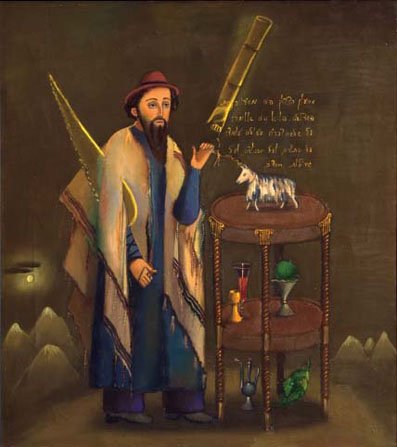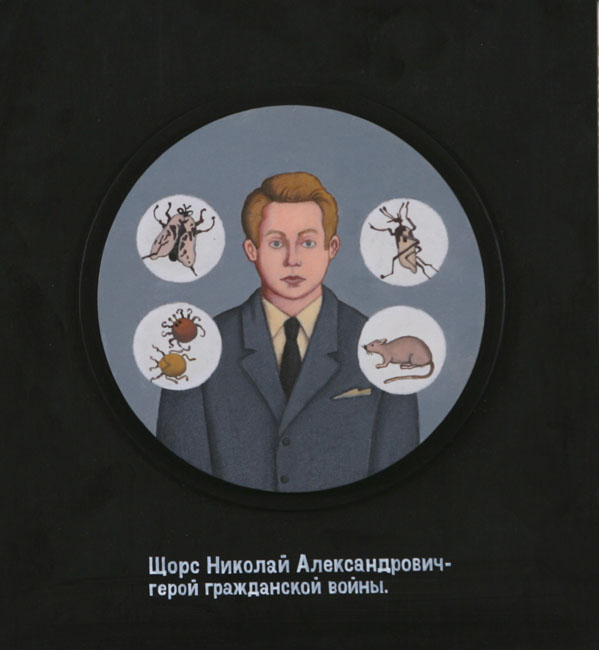Grisha Bruskin (the artist pseudonym of Grigory Davidovich Burskin) gained world fame in 1988 at the first auction of Russian art at Sotheby’s in Moscow, when his painting “Fundamental Lexicon” (1986), in which the figures, carrying emblems of official Soviet culture, brought together on huge plates, was purchased for a record price and made Bruskin one of the most successful Russian artists in the West. His works, in which myths of socialism and Judaism are interlaced, are displayed in the world’s leading museums. The artist works in highly disparate mediums: painting, etchings, sculpture. In 1999 he created a monumental triptych for the restoration of the Reichstag in Berlin, and in 2001 he published a book of memoirs “The Past Imperfect.” He lives and works in New York.
THE TSUKANOV ART COLLECTION
 |



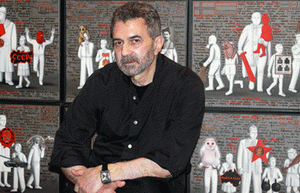 |
Bruskin Grisha | “Some time long ago, while living in Communist Russia, I began to create my own collection (the painting ‘Fundamental lexicon”); it seemed to me, that communism in Russia was unshakeable, that the army was strong beyond measure, the KGB was everywhere and that Soviet rule, like the reign of the Egyptian pharaohs, would stretch on for several thousand years. I wanted to look at the mythical space in which I lived from the perspective of an academic, who had discovered the village of an unknown African tribe… My ideas were directed towards sending a message to the man of the future. To suggest that he look at my art, as we look at ancient Egyption art in the Louvre or Hermitage.” Grisha Bruskin |
Born in 1945 | ||
“Bruskin reviews the process of the twilight of the Soviet empire from the perspective of the New Testament, promising the decline and fall of all empires. But at that time he was enthralled above all by the aesthetic aspect of this decline – the aesthetics of the fall as it was. Namely this enthusiasm encouraged him to relive the fall of Soviet culture in the form of an artistic performance… Bruskin reproduces history as a conscious farce, i.e. as art. What was once history returns as an artistic event, as a performance.” Boris Groys.
The artist's work can be found in the following museums and collections:

